Tel: +86 311 8595 5658 E-mail: admin@yuanlvfilter.com
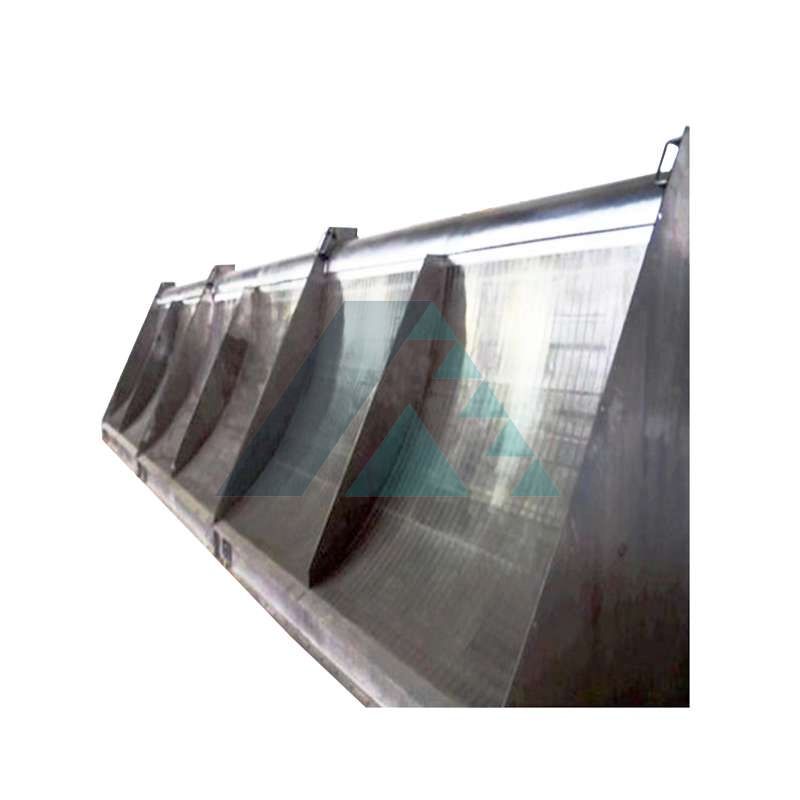
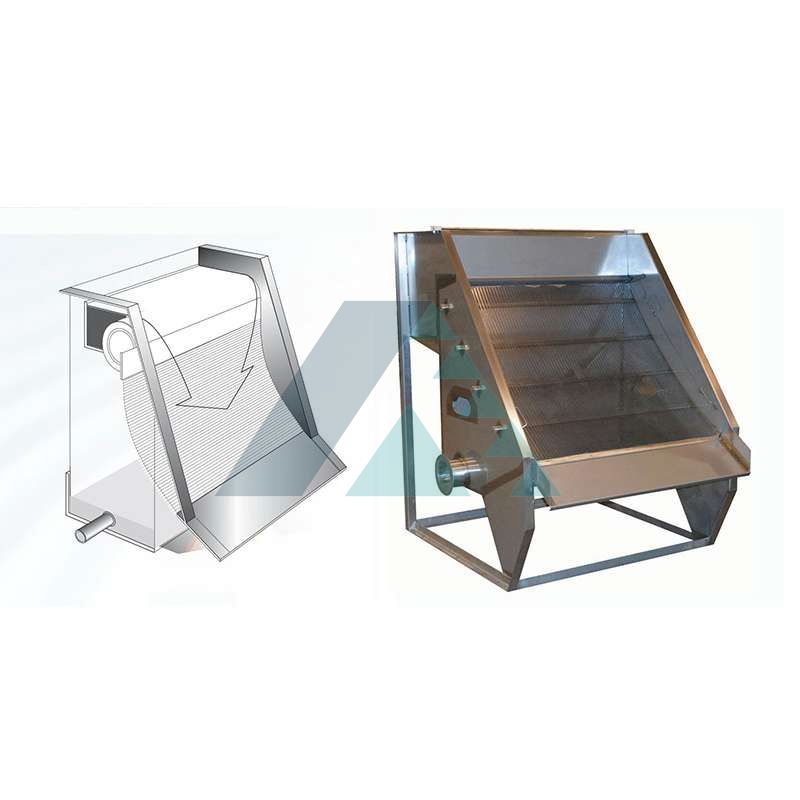
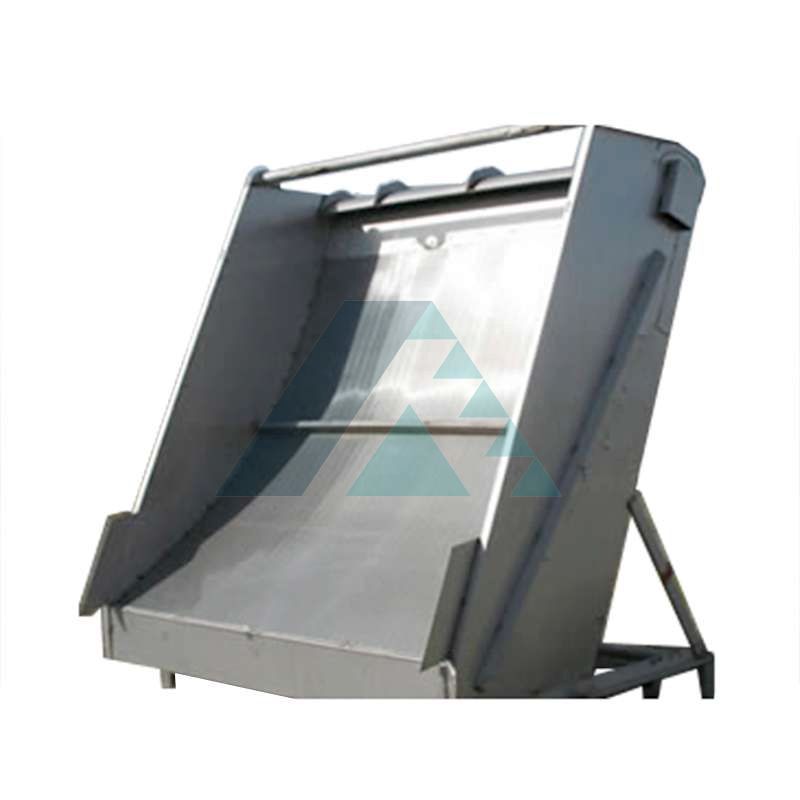
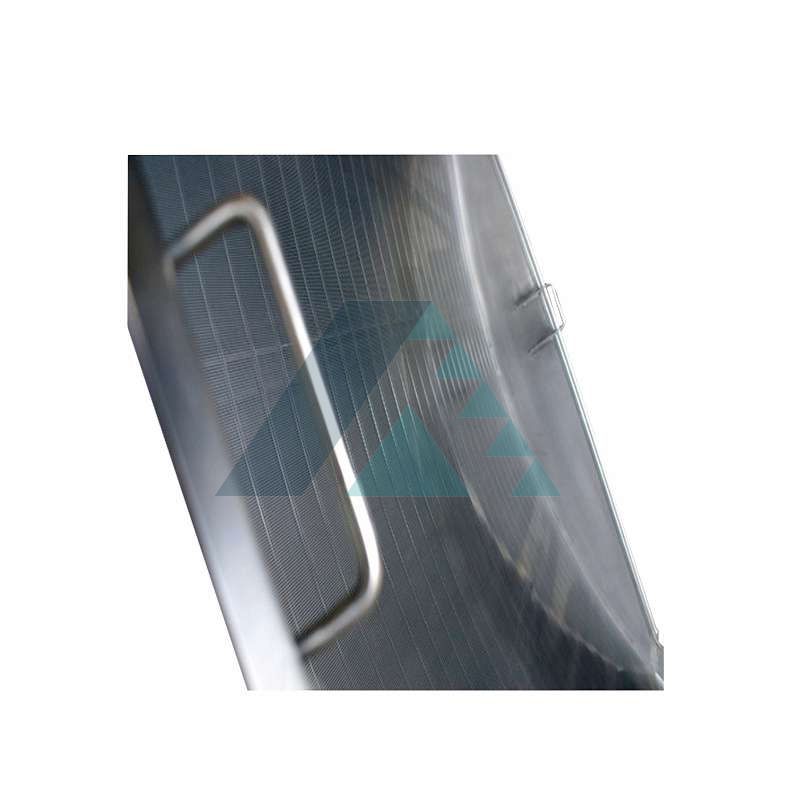
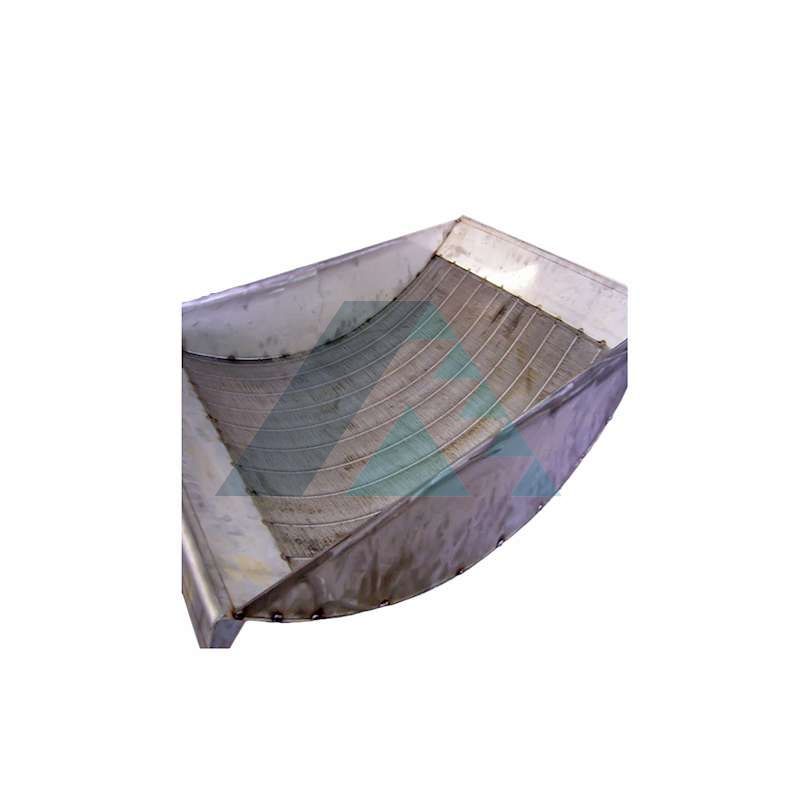
Static Screener is a simple, efficient, and easy-to-maintain dirt blocking device that uses perforated material (wedge wire) to intercept suspended solids in liquid.
Product Details
Screening is divided into two categories: dry screening and wet screening. From these categories, the screening divides the material flow into grades, and then these grades are further processed into intermediate or final products. In addition, the filter can be classified into a mobile Static Screener and a static screen machine, and the screen is a horizontal screen or an inclined arc screen.
Static Screener is a simple, efficient, and easy-to-maintain dirt-blocking device that uses perforated material (wedge wire) to intercept suspended solids in liquid. It is suitable for removing solid suspended impurities from low-concentration solutions.
It is commonly used in the treatment of printing and dyeing wastewater, poultry processing, petrochemical and other industrial wastewater, as well as urban sewage treatment and industrial filtration and screening of useful solid debris.
Static Screeners are divided into fixed plane Static Screener, fixed curved Static Screener, and rotary Static Screener.
Advantages of wedge wire Static Screener:
1. Simple and efficient
2. Economy (low capital expenditure)
3. Easy to install
4. High filtration efficiency
Commonly used materials for Static Screener:
The screen material of Static Screener is now often made of stainless steel wedge wire mesh that is not easy to rust. The wedge-shaped wire mesh has high mechanical strength, which is convenient for cleaning the dirt after filtration, is not easy to be blocked, and has a long service life.
Hydraulic performance of Static Screener:
1. Hydraulic performance of Static Screener under clean water conditions
Under the same water flow rate, the local head loss of the high mesh Static Screener is greater than the local head loss of the low mesh Static Screener, and the energy loss is greater. The main reason is that the pore size of the high-mesh screen filter is small, the water flow is greatly affected by the boundary conditions, the friction between the particles and the violent collision consumes more mechanical energy, and the flow velocity of the water flow through the mesh increases with the decrease of the pore size.
2. Hydraulic performance of Static Screener with dirt
Under the same flow rate, the greater the amount of sand at the inlet, the greater the local head loss of the system.
The root cause of the liquid energy loss is liquid viscosity. Due to the viscosity, the liquid produces frictional resistance during the flow process, causing the loss of mechanical energy of the liquid movement, which is the local head loss. In the state of high sand flow, the viscosity coefficient of the water flow increases with the increase of the sand content. If the viscosity coefficient of the clear water is greater than the same temperature, the friction force in the flow consumes mechanical energy, and the water loss increases. Therefore, under the same flow rate, the local head loss of the system increases with the increase of the sand content and is higher than the local head loss when the water is clear.
Quality requirements:
1. Removal rate: The removal rate of particles greater than the filtration accuracy specified by the process is greater than 90%.
2. Under normal operating conditions, the service life of the filter unit is more than 5 years.
3. Under normal operating conditions, the service life of the main body is 20 years.
4. Panel frame: painted carbon steel for freshwater applications, stainless steel for seawater applications
5. Screen: All are wedge wire or stainless steel and other conforming materials